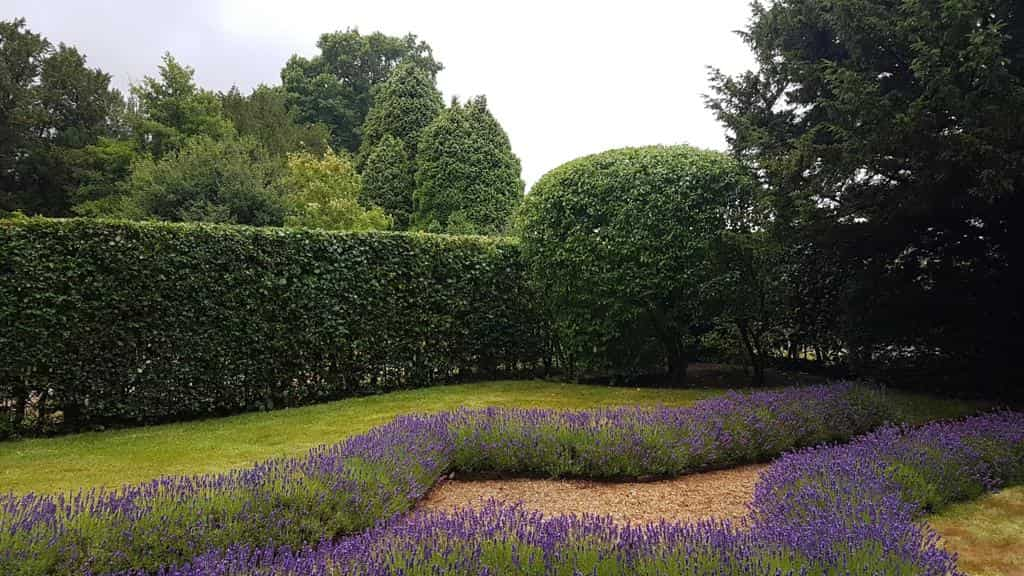Crown reduction is a common tree surgery technique that involves reducing the size of a tree’s canopy by cutting back its branches. This process is often undertaken to improve the tree’s shape, manage its size, or remove diseased or damaged wood. While crown reduction offers many benefits, it’s natural to wonder whether this procedure could impact the tree’s long-term health and lifespan. For homeowners in Great Shelford, Cambridge, understanding the potential effects of crown reduction on tree longevity is crucial to ensuring the best possible care for your trees.
What is Crown Reduction?
Crown reduction involves selectively trimming the branches of a tree to reduce its overall size, typically by removing a portion of the tree’s canopy. This process helps control the growth of the tree, making it more manageable, safer, and better suited to its environment. Crown reduction is often performed on mature trees, those growing near structures or power lines, or those that have become too large for their space.
While the goal of crown reduction is to improve the tree’s health and structural integrity, it is essential that the procedure is carried out by an experienced tree surgeon to ensure the tree is not unduly stressed or weakened.
How Crown Reduction Can Affect a Tree’s Lifespan
The impact of crown reduction on a tree’s lifespan largely depends on the extent to which it is carried out and the overall health of the tree. When performed properly, crown reduction can improve the tree’s long-term vitality and lifespan. However, improper crown reduction can lead to potential problems that may reduce the tree’s ability to thrive.
- Stress and Healing: Crown reduction can be stressful for a tree, especially if too much of the canopy is removed. Cutting too much at once can shock the tree and leave it vulnerable to disease and pests. On the other hand, when the procedure is done gradually and carefully, the tree can recover and continue to grow healthily.
- Reduced Risk of Damage: One of the primary reasons for performing crown reduction is to remove dangerous or weakened branches. By reducing the size of the tree, the risk of branch breakage or wind damage is decreased. This can help prevent the tree from suffering significant damage that could shorten its lifespan.
- Encouraging Healthy Growth: In some cases, crown reduction can encourage healthy, vigorous new growth. When done at the right time, such as in early spring, crown reduction can stimulate the tree to produce new branches that are better suited to its size and structure. This can lead to a more balanced tree that is less prone to structural failure and better equipped to resist diseases.
- Increased Exposure to Sunlight: By thinning the crown and reducing the density of the branches, crown reduction allows more sunlight to reach the inner parts of the tree. This can improve the health of the tree’s core and lower branches, encouraging more even growth and reducing the likelihood of rot or disease setting in.
- Long-Term Health Benefits: Properly executed crown reduction helps maintain a tree’s shape and strength, making it less likely to suffer from the stresses of overcrowding, shading, or instability. Regularly maintaining the tree’s size and structure through crown reduction can extend its life by preventing potential issues that may arise from overgrowth or poor shape.
Potential Risks of Over-Reduction
While crown reduction can have positive effects, over-reduction or improper cutting can have serious consequences. These include:
- Weakened Tree Structure: Cutting too much of the canopy can lead to a weakened structure, making the tree more vulnerable to wind damage, disease, and other environmental stressors.
- Increased Susceptibility to Pests and Disease: Trees that have been overly reduced may become more susceptible to pests and diseases due to the trauma caused by heavy pruning. The open cuts can provide an entry point for pathogens, and the weakened tree may struggle to defend itself.
- Dieback: If too much of the tree’s canopy is removed, the tree may experience dieback, where the upper branches and foliage begin to die off. This can dramatically shorten the tree’s lifespan and affect its overall health.
Conclusion
Crown reduction can be an effective way to manage the size and health of a tree, particularly when it is carried out by an experienced tree surgeon. When done properly, crown reduction can improve the tree’s structural integrity, reduce the risk of damage, and encourage healthier growth, ultimately extending its lifespan. However, improper or excessive crown reduction can lead to stress, vulnerability to pests, and potential long-term health issues.
If you are considering crown reduction for your trees in Great Shelford, Cambridge, it is essential to work with a qualified professional who can ensure that the procedure is carried out safely and effectively. At Great Shelford Tree Surgeons, we are dedicated to providing expert tree care that supports the health and longevity of your trees. Contact us today to learn more about our services and how we can help care for your trees.
Call us on: 01223 912 289
Click here to find out more about Great Shelford Tree Surgeons
Click here to complete our contact form and see how we can help with your tree care needs.

